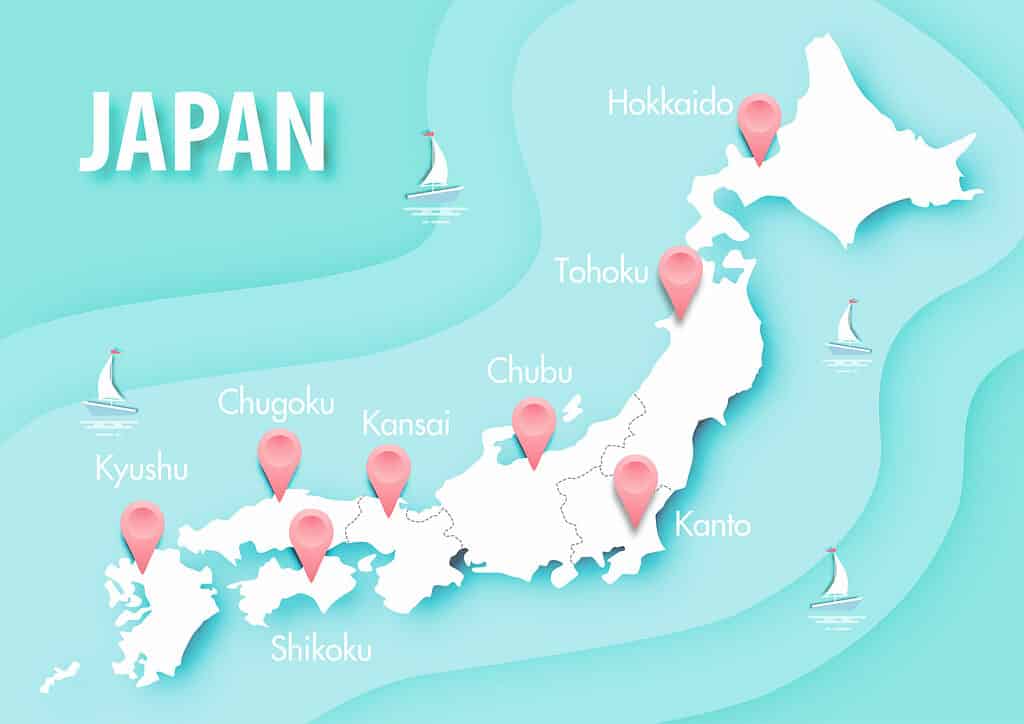Resource: Points of Interest in Japan
The Points of Interest are organized by the following classifications
- Location Hierarchy
- Island – 1 of the 4 major islands in Japan
- Region – 1 of the 8 Regions in Japan
- Prefecture – 1 of the 47 Prefectures in Japan
- Point of Interest Types
- One of:
- Accommodation
- Attraction
- Food and Beverage
- Shopping
- Transportation
- One of:

Island
Hokkaido
Honshu
Shigoku
Kyushu & Okinawa
Regions
Hokkaido
Tohoku
Kanto
Chubu
Kinki
Chugoku
Shigoku
Kyushu
Prefectures
For brevity, I am including a partial list of the 47 Japanese prefectures.
Hokkaido
Tokyo
Osaka
Nara
…
…
…
…
Primary Point of Interest Type
Some points of interest could fall under multiple point of interest types; for example, a hotel could also have a restaurant operating under the same name. In such case only the primary type is considered. For real-life application, we would probably want to include all classifications for each resource and let the search algorithm to determine the optimal order. For an itinerary website, the benefit of showing a potential match probably outweigh the cost of serving an irrelevant result. Machine Learning algorithms will help prioritize the results and improve accuracy and specificity over time.
Accommodation
Attraction
Food & Beverage
Transportation
Resources (Examples)
Cafe & Pension Asuka
Honshu
Kinki
Nara
Accommodation
Kansai International Airport
Honshu
Kinki
Osaka
Transportation
Universal Studios Japan
Honshu
Kinki
Osaka
Attraction
Sushi Dai
Honshu
Kanto
Tokyo
Food & Beverage
The Next Steps
In the above example, each prefecture is part of a region, which in turn is part of an island. The hierarchy is very clear with no overlaps; that is, if prefecture is within Kanto, that prefecture has to be on the Honshu island. It will not be the case for the 広域 (wide area) definition, in which some prefecture could fall under a different wide area from other prefecture within the same region. For instance, the Mie prefecture, which is part of the Kinki Region, is part of the 中部圏 (Chubu Circle) while other prefectures in the Kinki Region belongs to the 近畿圏 (Kinki Circle).